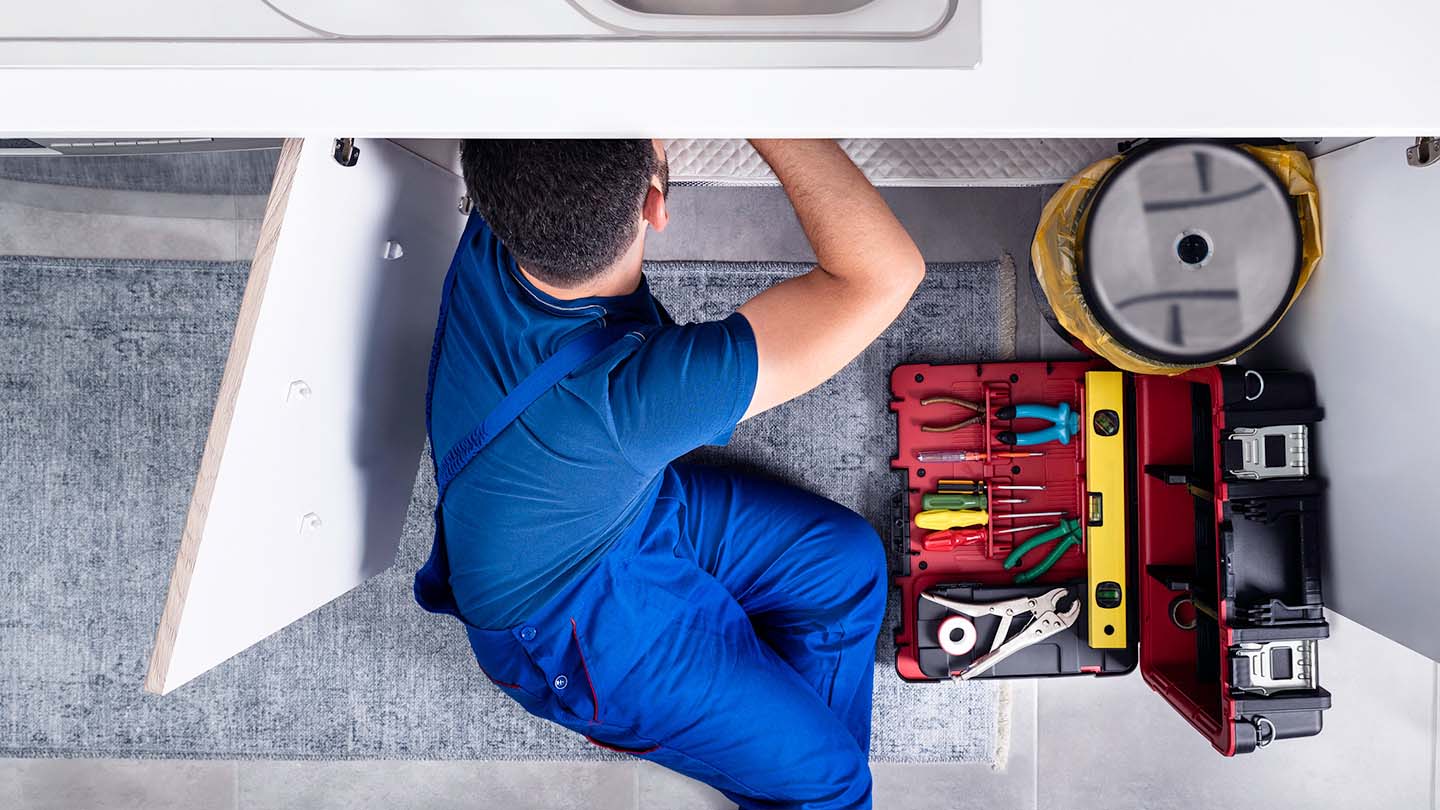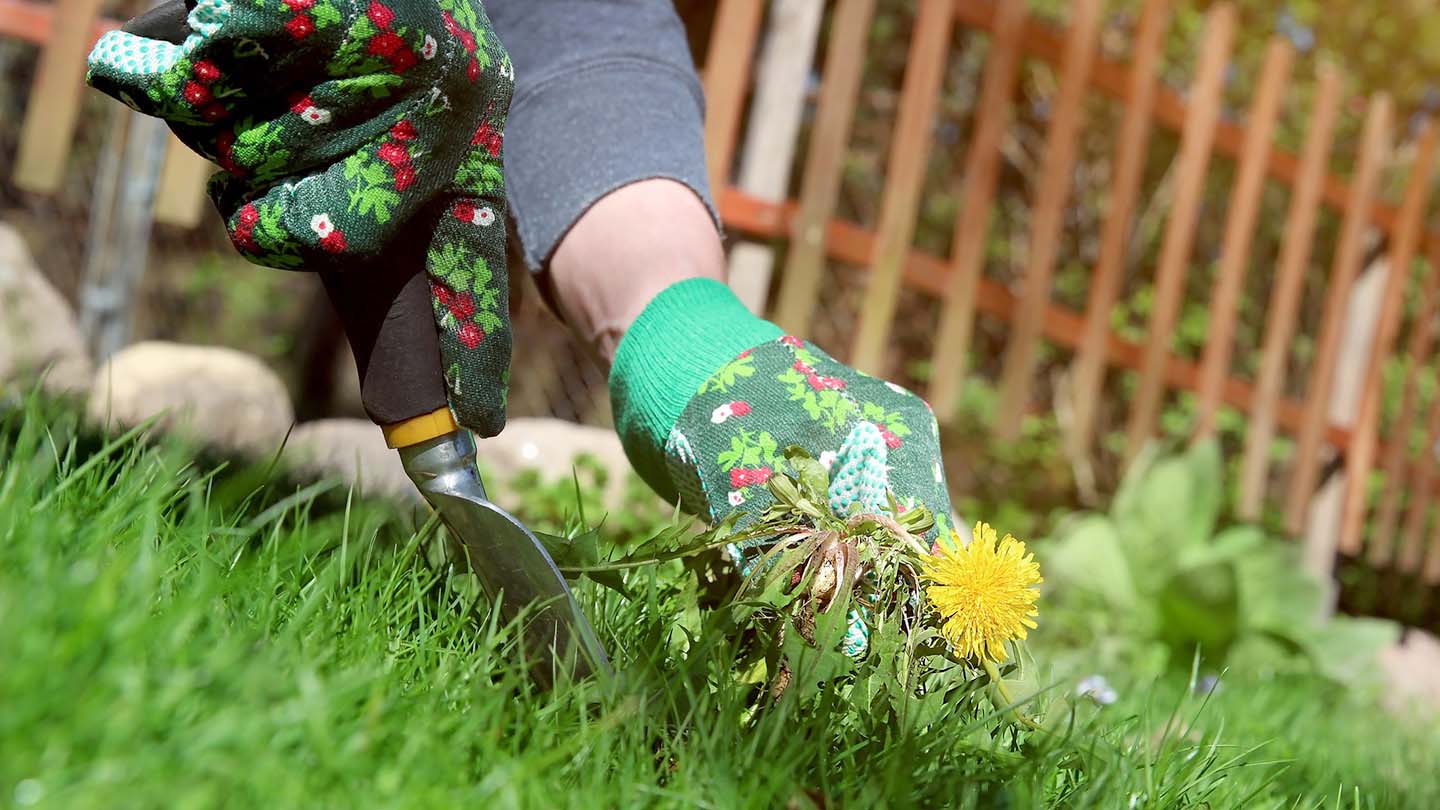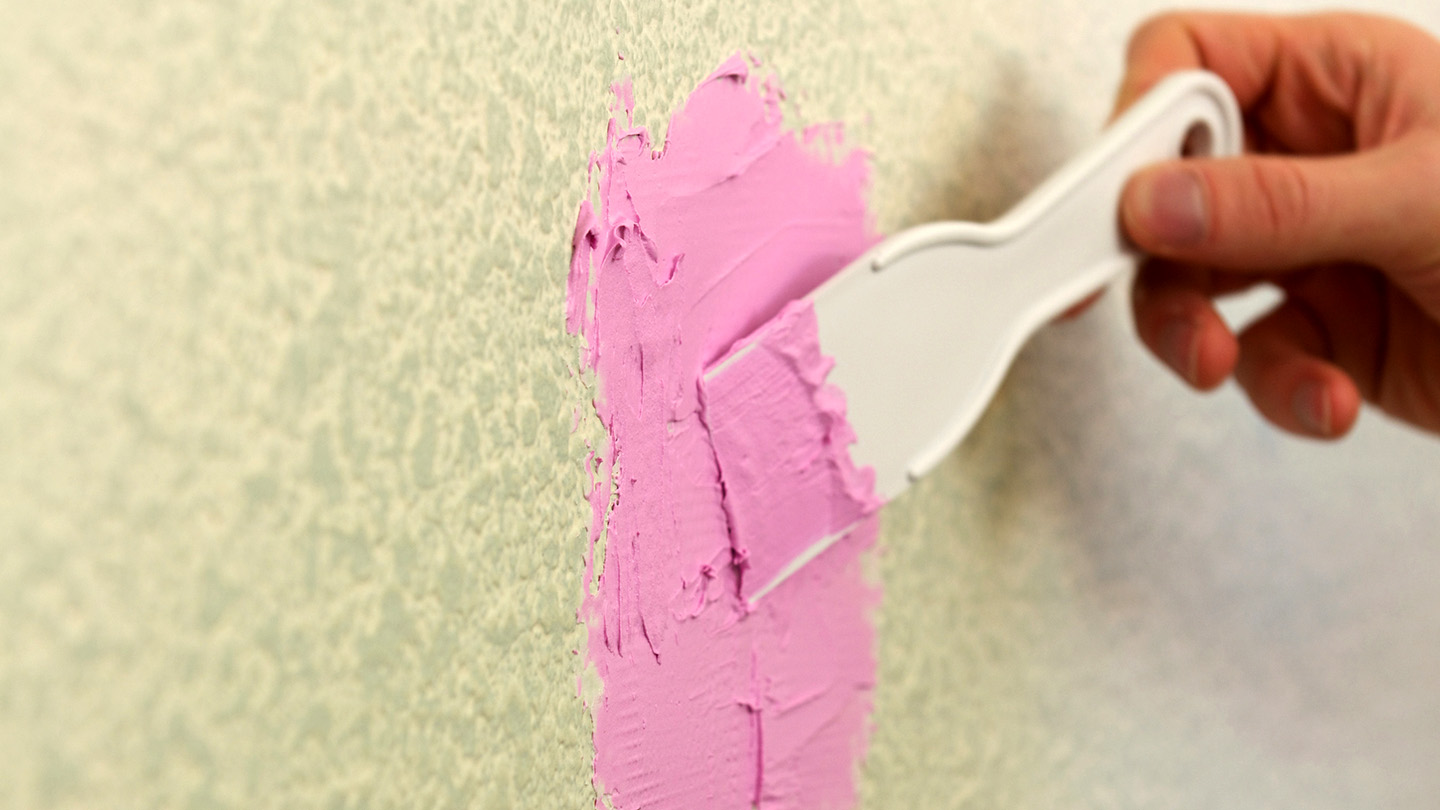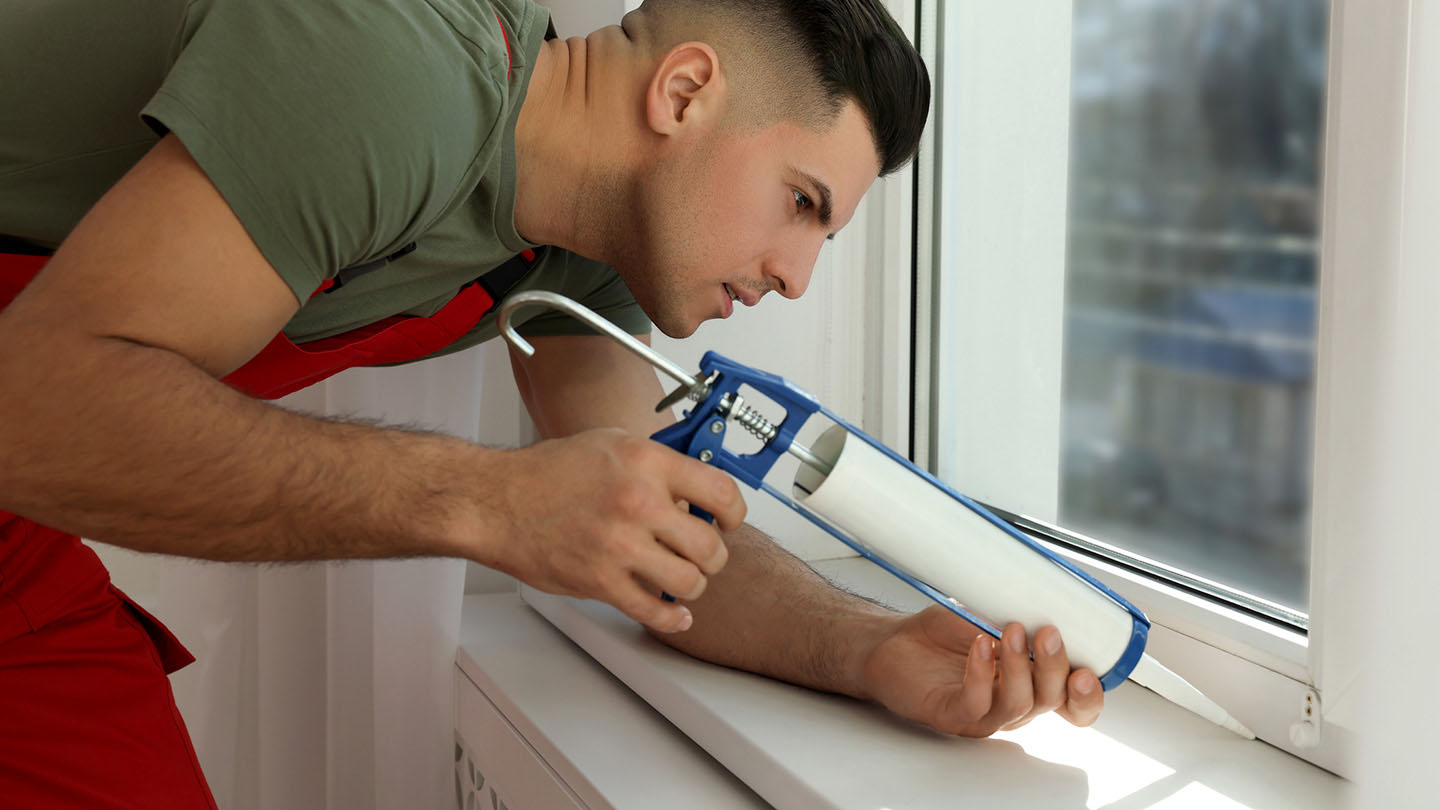
Amid economic uncertainty, many multifamily rental owners are looking for ways to reduce operational expenses. Here are five maintenance tasks property owners can learn and do on their own, as well as signs that it’s time to bring in a professional.

1. Simple landscaping tasks
Property owners looking to save money should think about landscaping responsibilities they would be comfortable handling, says Baron Hanson, a commercial real estate specialist in Stuart, Florida, who previously operated his own landscaping business.
“The first tip is to engage in small tasks with small tools,” Hanson says. “Pulling weeds by hand all over your property as opposed to using harsh chemicals incessantly is a great way to DIY your landscape and send a more organic message to your tenants. All you need is a durable set of gloves and some clippers.”
Additionally, Hanson says multifamily owners can use hand-held clippers and long-reach tree trimmers to prune or remove decorative shrubbery or low-hanging tree branches on their own.
No matter which tasks you undertake, it’s important to “err on the side of human safety, extreme caution and risk aversion first and foremost,” he says.
When to call the pros: “Any tasks high up on a ladder requiring heavy or awkward power tools should be safely subcontracted out to a landscape or tree service professional,” Hanson says.
2. Pest prevention
Mice, cockroaches and termites can wreak havoc on a property. On top of that, pests can carry diseases that could cause health issues for renters.
Eradicating pests once they’ve invaded your property is a task for the pros, but property owners can handle money-saving preventive steps, says Gunner Davis, a real estate agent in Tampa, Florida, who has experience buying and selling multifamily properties. Davis recommends a proactive approach.
“Start by spraying for roaches and other insects to prevent an infestation in the first place,” Davis says. “In addition to that, consider sealing up exterior holes that might allow pests and rodents to enter your property.”
Davis suggests spraying for pests at least every quarter.
“If your property is affected by a high pest population or if your area has seasons of intense heat, it will be wiser to spray at least once a month,” Davis says.
Keep in mind that properties in different regions may have different pest control needs. If you own an investment property in an area you’re not very familiar with, research the kinds of pests that may affect that dwelling.
When to call the pros: “When you feel like the infestation is serious or find any evidence of termites, you should call a professional immediately,” Davis says.

3. Patching drywall
Drywall damage is common in rental properties. Whether the damage is caused by renters’ furniture or holes from items hung on walls, basic drywall patching skills can save property owners a decent amount of money.
“If the job is a small one, a property owner should be able to patch holes relatively easily,” says Dave Boucher, owner of Silver Hill Construction, a contracting company that services Fairfield County, Connecticut. Such jobs include small dings on walls, nails that are protruding and holes made from doorknobs.
If you feel up to the task, you’ll need some supplies and tools, including spackle, a small patch kit, sandpaper, a drywall knife, joint compound, a drywall saw and a putty knife. Hardware stores selling these materials may also offer guidance on tackling the project.
When to call the pros: If the repairs are extensive — for example, if there’s water damage on a wall and it needs to be replaced — Boucher recommends hiring a professional. “A property owner should really only tackle tasks they have the knowledge and tools to efficiently and safely accomplish,” he says. “If the job is a tough one, leave it to a pro. You’ll sleep better knowing the job was done correctly, and you’re also limiting your risk.”
4. Easy plumbing jobs
Some plumbing tasks are easy to DIY. Michael Green, owner of Quick Cash Homebuyers, a real estate investment company in Baltimore that buys and sells single-family homes, duplexes and apartment complexes, suggests property owners install new shower-head filters to improve water quality. These should cost somewhere between $15 and $35.
“The installation can take anywhere from 10 minutes to an hour, depending on your skill level and the type of filter you’re installing,” Green says.
To tackle this job, you’ll need a wrench or an adjustable spanner and an assistant, Green says. After locating the shower head and removing it from the wall, open it up, take out the old filter and swap it for a new one. Once that’s done, Green suggests turning on the faucet at full blast and letting it run for 30 seconds before shutting it off and checking for leaks around the new filter. If you find one, you should be able to fix it by adjusting the filter or adding washers or plumber’s tape to it.
Since it’s only a matter of time before a drain slows or gets clogged in one of your units, you might also want to invest in clog-clearing drain snakes, which run anywhere from $7 to $25, or even a drain cleaner machine, which costs between $225 and $550 and might be a good option if you have a large real estate portfolio. While there is an upfront cost, it’s far lower than hiring a plumber over and over again for a job that’s fairly easy to do.
When to call the pros: When pipes burst or a water heater breaks, it’s best to bring in a professional.

5. Fixing drafty windows with caulk
Adding caulking around windows can help prevent drafts, keep energy costs down and make properties more comfortable. And the best part? It’s relatively easy.
Jeff Tricoli, a real estate agent based in Palm Beach County, Florida, who deals with residential and multifamily properties, recommends inspecting the outside of your property’s windows early in the summer to see whether there are any cracks in caulking that need to be replaced.
“If your windows have poor insulation and ineffective seals, then they will not be able to protect your home from intense summer sunlight,” Tricoli says. “Eventually, your air conditioner will have to work harder, and your energy bills will skyrocket.”
Read more about lower-lift updates to lower energy costs at rental properties.
Generally, caulk will last about five years. By checking once a year, you can nip potential problems in the bud before they spiral into large headaches.
“If you find any dry, cracked or damaged caulk, remove that with a sharp knife and replace it with a fresh bead,” Tricoli says. “If you want to reduce drafts and enhance efficiency even more, consider applying an insulating film to your windows.”
When to call the pros: You can’t always fix a drafty window with caulk. If you need to replace panes or entire windows, it’s best to enlist the services of a professional. “Window installation requires advanced skills and experience,” Tricoli says. “From taking custom measurements for the fit to applying trims, only a professional can ensure maximum effectiveness.”
Your time is valuable. Process rent payments faster and easier online with Story by J.P. Morgan rent management software.







